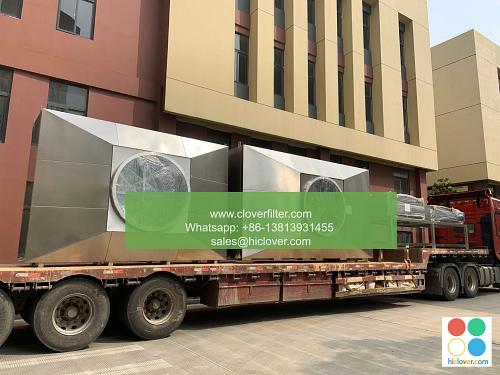The Impact of Nominal Size on Productivity: A Guide to Accurate Measurements

The Impact of Nominal Size on Productivity: A Guide to Accurate Measurements
accuracymeasurementsproductivityguide
Introduction
In today’s manufacturing environment, accurate measurements play a crucial role in ensuring the quality and efficiency of production processes. Measuring the nominal size of a product is a critical aspect of this process, as it directly impacts productivity and overall performance. In this article, we will explore the impact of nominal size on productivity and provide a comprehensive guide to accurate measurements.
What is Nominal Size?
Nominal size refers to the dimension of a product as specified in its design or blueprint. It is the intended size of the product, as opposed to its actual size, which may vary due to manufacturing tolerances or other factors. Nominal size is critical in many industries, including construction, manufacturing, and healthcare, as it affects the fit, function, and safety of products.
The Impact of Nominal Size on Productivity
A discrepancy between the nominal size and actual size of a product can have significant consequences on productivity. Some of these consequences include:
- Component rejection: If the actual size of a component does not match the nominal size, it may be rejected, resulting in wasted resources and lost productivity.
- Inefficient production processes: Inaccurate measurements can lead to inefficient production processes, as workers may need to rework or retool multiple times to achieve the desired size.
- Increased inspection and testing: Inaccurate measurements can increase the need for inspection and testing, which can be time-consuming and costly.
Accurate Measurements: A Guide
To ensure accurate measurements and optimal productivity, consider the following best practices:
- Use standardized measurement tools: Ensure that measurement tools are standardized and calibrated regularly to minimize errors.
- Take multiple measurements: Take multiple measurements to ensure accuracy and average the results to minimize errors.
- Consider manufacturing tolerances: Consider manufacturing tolerances when taking measurements, as they can impact the actual size of the product.
- Verify measurements against design specifications: Verify measurements against design specifications to ensure compliance and accuracy.
Application Areas
Nominal size and accurate measurements are critical in various application areas, including:
- Automotive manufacturing: Accurate measurements are essential in the automotive industry, where slight variations in size can impact the performance and safety of vehicles.
- Medical devices: Accurate measurements are critical in the medical device industry, where precision is key to the safety and efficacy of treatments.
- Construction: Accurate measurements are essential in the construction industry, where minor variations in size can impact the integrity and durability of buildings.
Conclusion
In conclusion, the impact of nominal size on productivity cannot be overstated. Accurate measurements are critical in ensuring the quality and efficiency of production processes. By following best practices for accurate measurements and considering manufacturing tolerances, manufacturers can optimize productivity and minimize costs. Whether in the automotive, medical device, or construction industries, precise measurements are essential for success.
Prompt

